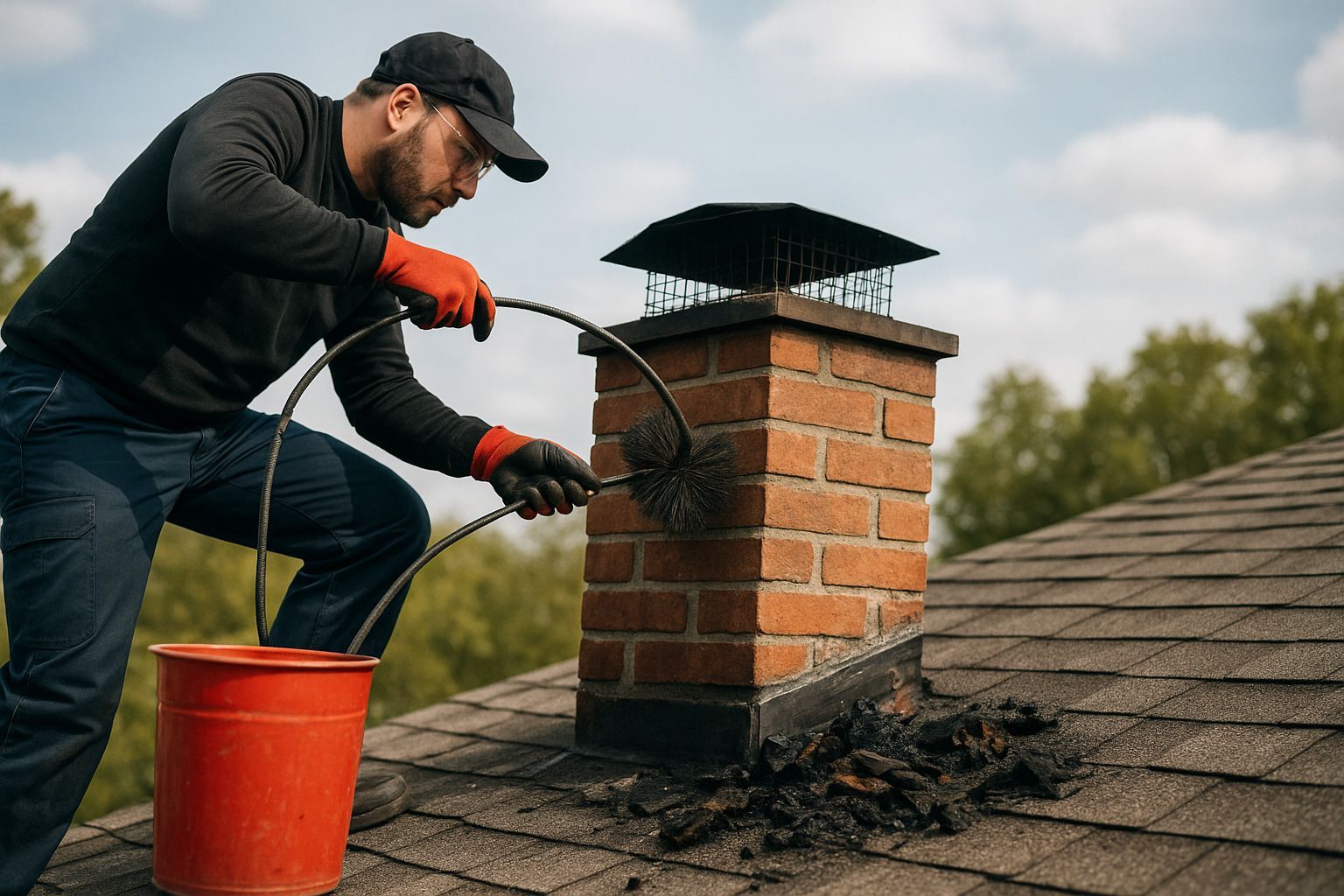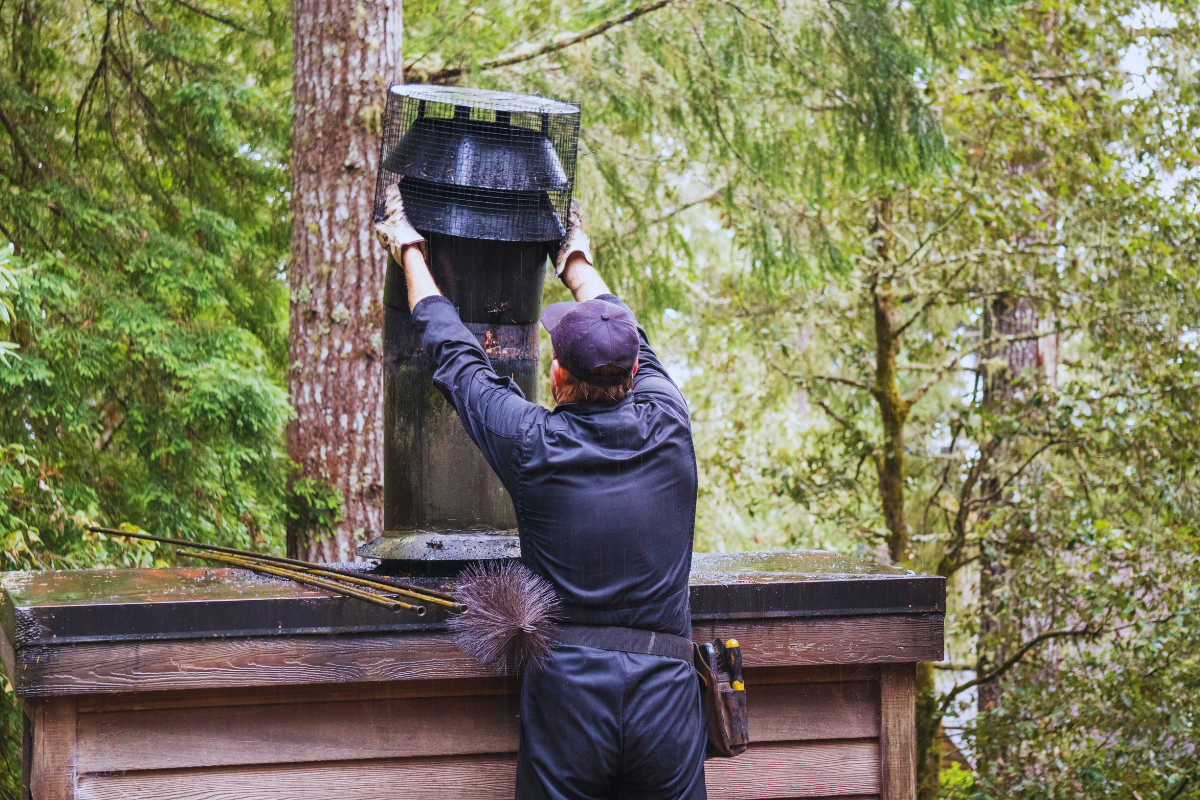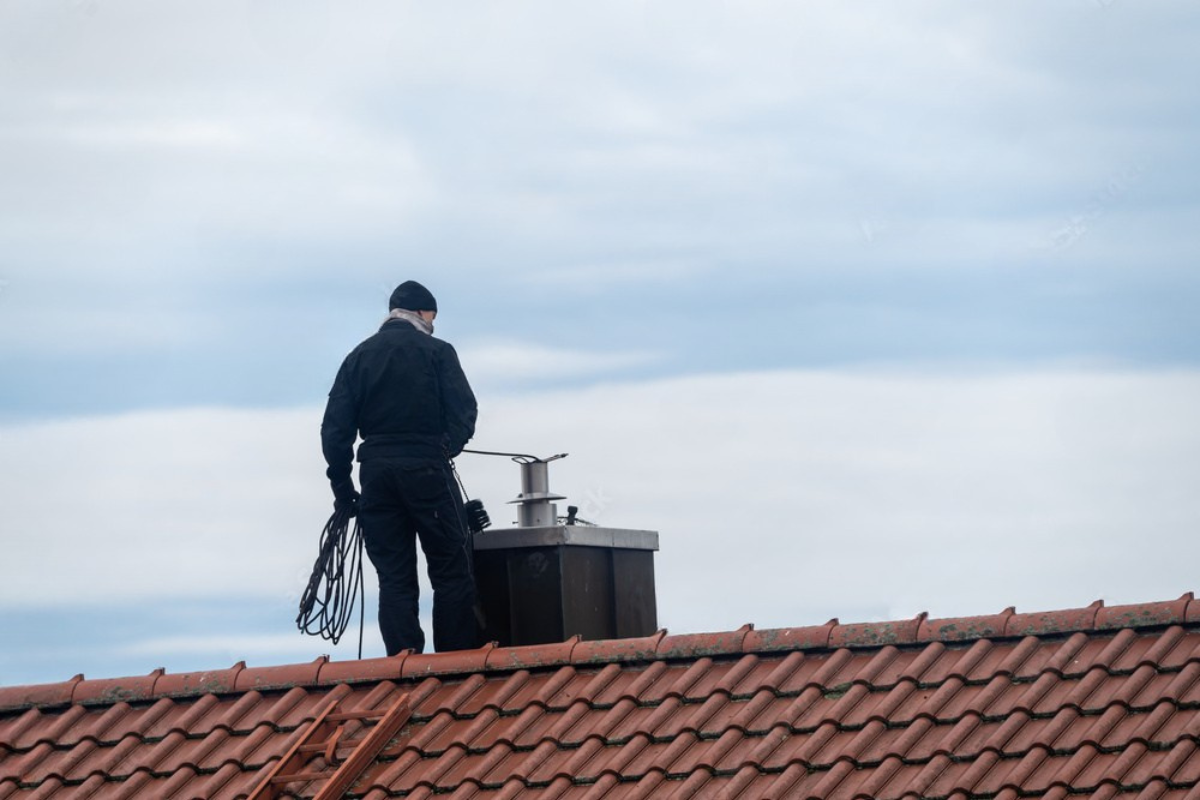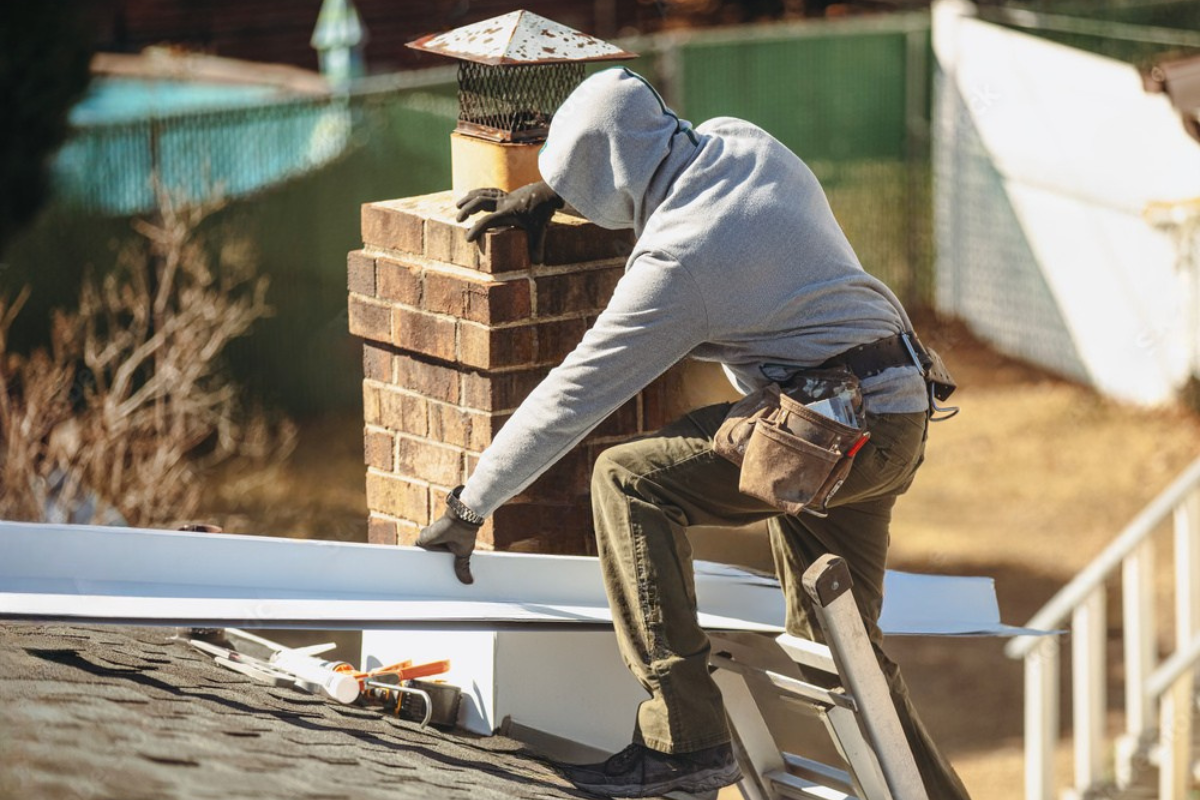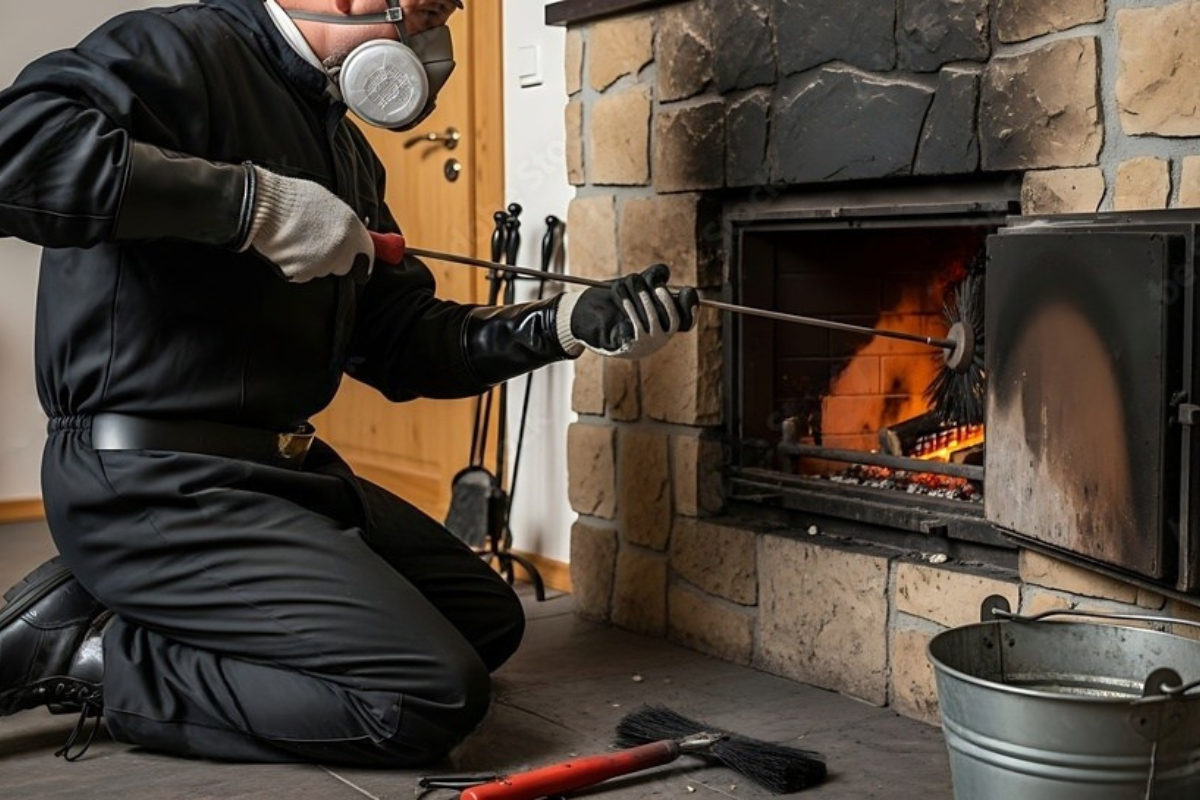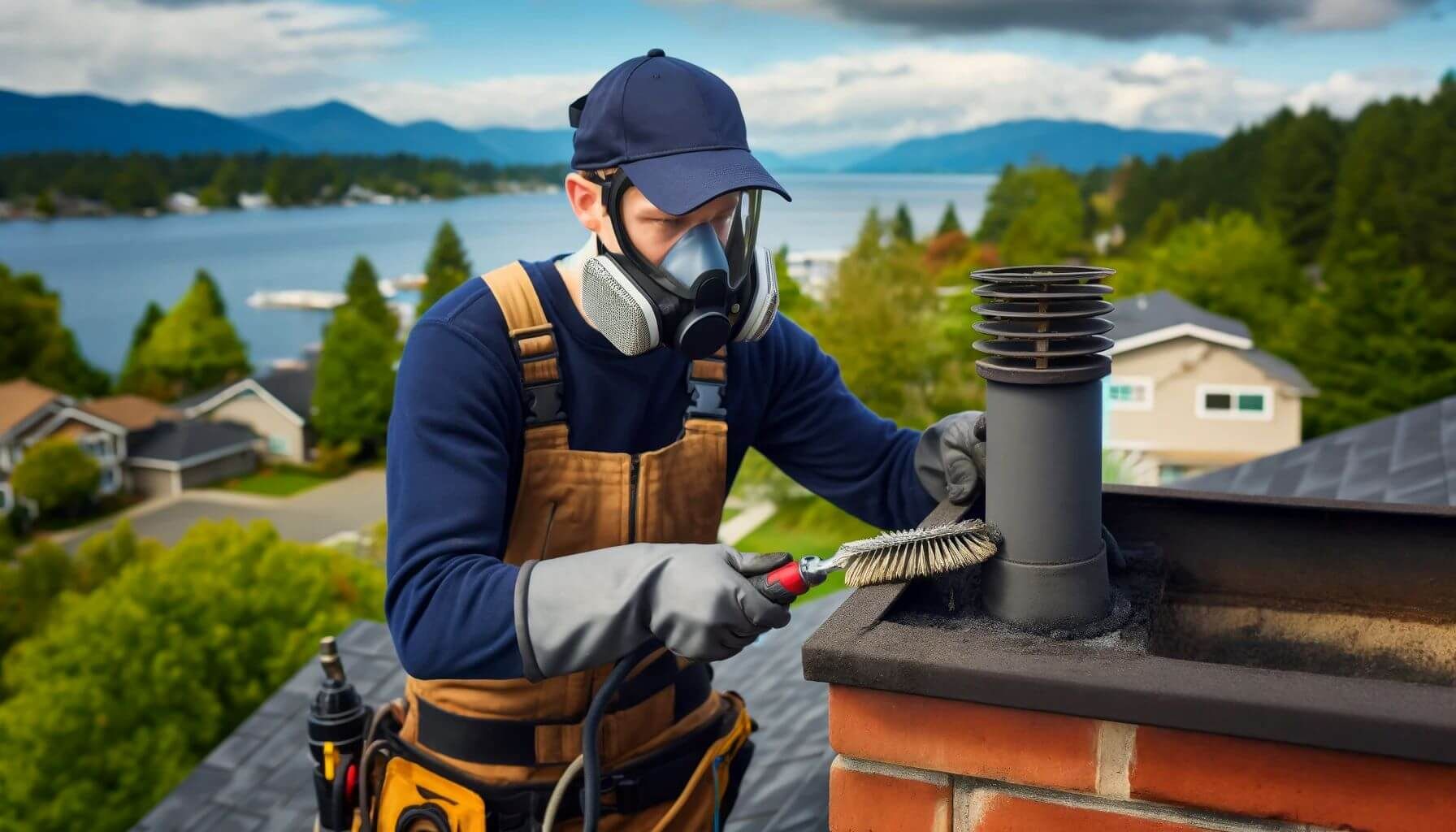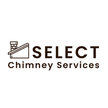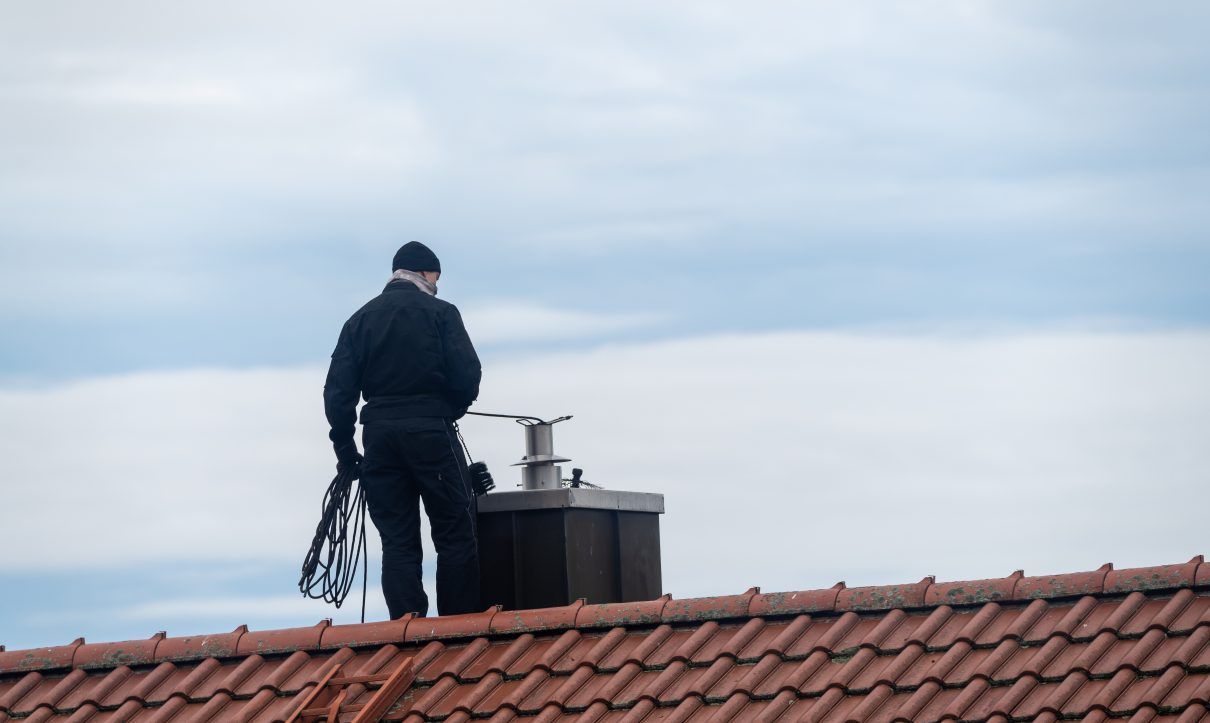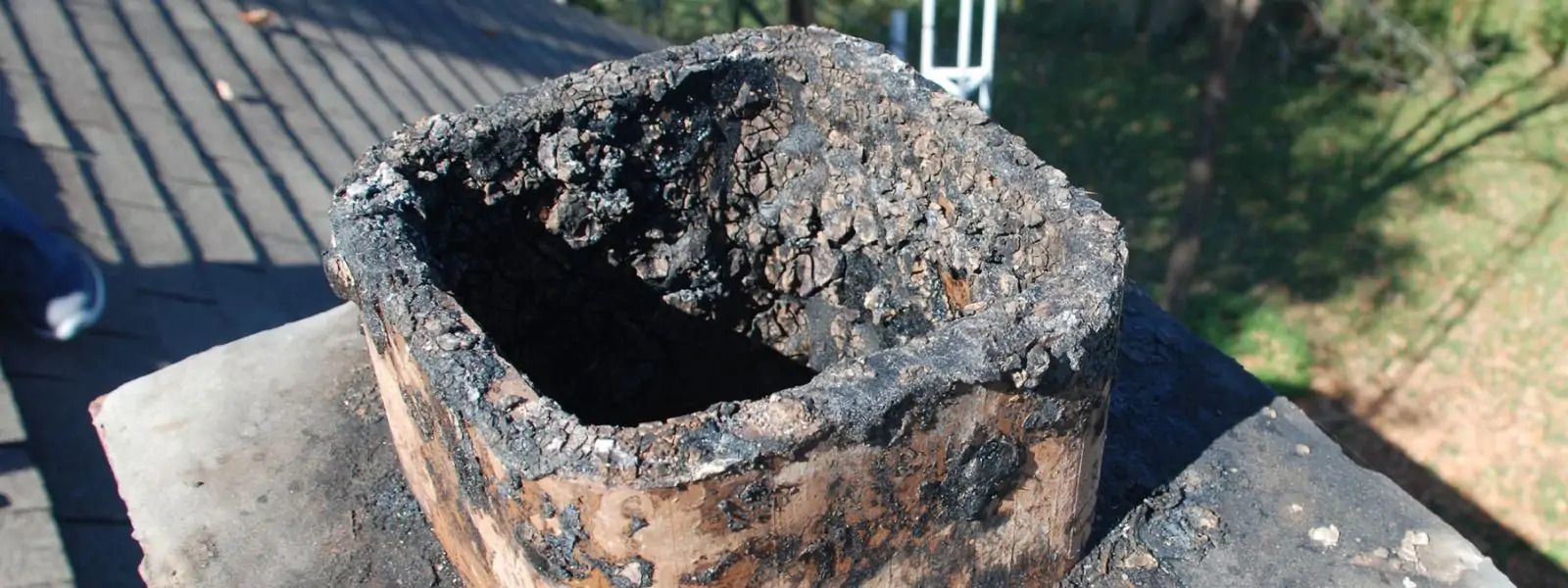Stop Unwanted Guests: Animal-Proof Your Chimney Today
Picture this: it's a quiet evening, and you're curled up by the fire when suddenly—scratch, thud, screech. No, it's not your imagination. It might just be an uninvited raccoon or a curious bird that’s made itself at home inside your chimney. These intrusions aren’t rare. In fact, they're becoming more common as animals search for warm, secure spaces in urban environments.
From nesting birds to sneaky squirrels, chimneys are like five-star hotels for wildlife. Unfortunately, their stay can lead to severe damage and health risks for homeowners. That's why animal-proofing your chimney isn't just a good idea—it's essential.
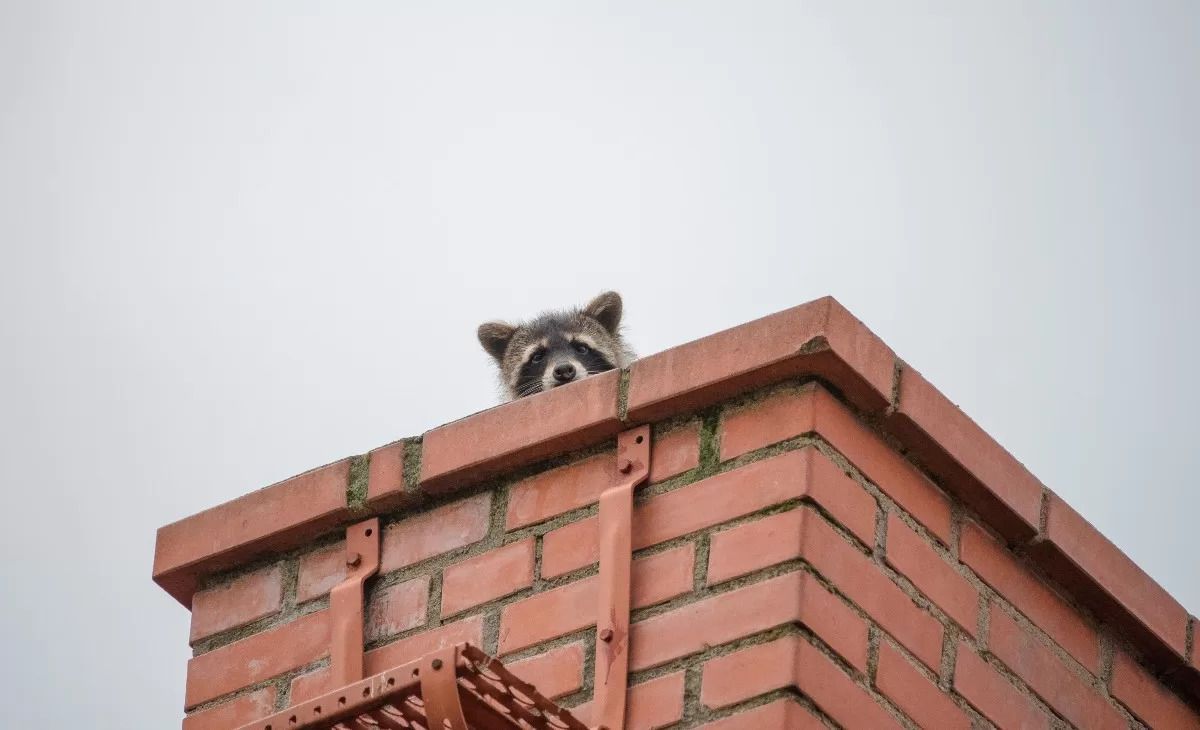
Understanding the Risks of Animal Entry
When an animal gets into your chimney, it doesn’t just make a racket—it brings a host of problems. Nests can clog the flue, causing smoke and dangerous gases like carbon monoxide to back up into your home. Wildlife droppings introduce bacteria and parasites, while chewing or scratching can damage your chimney liner or damper system.
In worst-case scenarios, these issues escalate to chimney fires or costly structural repairs. A single mother raccoon can turn your flue into a nursery that blocks ventilation. Add in flammable twigs, leaves, and fur, and it’s a recipe for disaster.
Why Animals Are Attracted to Chimneys
Why chimneys? Simple. They offer warmth, shelter, and safety—especially during harsh weather. To birds, bats, and mammals, an open chimney resembles a hollow tree or cave. It’s the ideal nesting place, away from predators and harsh elements.
Moreover, the smell of creosote or leftover food particles can attract critters, signaling a viable habitat. As urbanization pushes wildlife out of their natural habitats, our homes become their new frontiers.
Most Common Chimney Intruders
The top chimney culprits vary by region but usually include:
- Raccoons: Known for their intelligence and dexterity, they easily scale rooftops.
- Squirrels: Agile and persistent, they gnaw through caps and screens.
- Birds: Chimney swifts and starlings frequently nest in uncapped chimneys.
- Bats: Quiet invaders that roost in dark, enclosed spaces.
Each of these brings its own set of problems. Raccoons may give birth inside, while birds can leave behind fire-hazard nests.
Seasonal Animal Activity in Chimneys
Spring and fall are prime times for chimney invasions. Spring invites mothers searching for nesting grounds, while fall prompts animals to seek warmth for winter. This cyclical migration pattern underscores why seasonal inspections are critical.
Dangers of Nesting Inside Chimneys
It’s not just about inconvenience. Nesting materials can:
- Block ventilation
- Trigger smoke backup
- Ignite and cause chimney fires
- Attract more animals
Additionally, decomposing remains of trapped animals can lead to unbearable odors and biohazardous conditions.
How Animals Get In: Chimney Vulnerabilities
Animals exploit several weak points:
- Uncapped chimneys
- Damaged or missing screens
- Cracked masonry or deteriorating crowns
- Open or faulty dampers
Even small entry points can be manipulated by determined creatures. Once inside, they can nest, breed, and destroy internal components unnoticed.
Signs You Have Unwanted Guests
Stay alert for these red flags:
- Scratching or fluttering sounds
- Foul smells
- Soot debris or nesting material in the firebox
- Draft issues
- Visible animals entering/exiting the chimney
Act fast at the first sign of intrusion to avoid structural damage or health issues.
Chimney Service: Your First Line of Defense
Routine inspections are vital for preventing animal intrusions. A professional Chimney Service ensures:
- Cap integrity
- Liner condition
- Draft efficiency
- Animal damage assessments
Annual maintenance helps detect and fix problems before animals exploit them.
Installing Chimney Caps
A chimney cap is your first and strongest line of defense. This metal barrier:
- Prevents animals from entering
- Blocks rain and debris
- Reduces downdrafts
- Keeps sparks inside
Without a cap, your chimney is essentially an open invitation to wildlife.
Choosing the Right Chimney Cap Material
Not all chimney caps are created equal. Opt for:
- Stainless steel: Rust-resistant, durable, cost-effective
- Copper: Aesthetic appeal, long lifespan, expensive
- Mesh screen size: Must be small enough to deter birds and bats
Proper sizing and professional installation are key to effectiveness.
Using Chimney Screens to Block Entry
Screens work alongside caps to fortify your chimney’s defenses. Stainless steel mesh wraps around the flue and deters even the most persistent invaders. Ensure they’re rust-resistant and tightly secured.
Sealing Cracks and Gaps in Masonry
Animals don't need much space. Small cracks in the crown or flashing allow entry. Sealing these with waterproof, animal-resistant materials helps fortify weak spots.
Protective Spark Arrestors
Spark arrestors do more than contain embers. They also double as wildlife deterrents by making it difficult for animals to squeeze through.
Flue Dampers and Animal Prevention
While dampers primarily control airflow, keeping them closed when not in use prevents entry. However, they’re not a substitute for caps and screens.
Using Scare Devices and Repellents
Ultrasonic repellents, predator urine, or reflective tape can deter animals—but only temporarily. These methods work best when combined with physical barriers.
Deterrent Lighting Techniques
Motion-activated lights or solar-powered spotlights discourage nocturnal invaders like raccoons and bats. Place them near the chimney or roofline for best effect.
What to Do If You Suspect an Animal Is Inside
Don’t light a fire! Call a certified wildlife removal expert immediately. Meanwhile, avoid disturbing the animal, as it may panic and cause damage.
The Dangers of DIY Animal Removal
Removing animals yourself can be dangerous and illegal. Risks include:
- Bites and disease transmission
- Falls from roofs
- Legal penalties for harming protected species
How Wildlife Removal Experts Work
Pros use humane traps, one-way doors, and removal techniques that comply with local laws. Their training ensures the safety of both humans and animals.
Legal Considerations for Animal Removal
Some animals, like chimney swifts, are federally protected. Removal during nesting season is illegal. Always check local laws or hire professionals who know them.
Why Humane Removal Is Crucial
Cruel or careless methods harm animals and rarely solve the problem long-term. Humane removal prevents suffering and ensures ethical compliance.
Post-Removal Cleaning and Sanitation
After eviction, sanitize the flue. Animal waste can contain harmful bacteria, and residual odors may attract other wildlife. Professionals use safe, industrial cleaners.
Chimney Repairs After Animal Damage
From chewed dampers to cracked liners, animals can wreak havoc. Post-removal repair services should address:
- Structural damage
- Smoke shelf contamination
- Liner cracks
Annual Chimney Inspection Essentials
Every home should schedule a chimney inspection annually. It checks:
- Fire safety
- Liner and flue condition
- Animal entry points
This service prevents future infestations and costly repairs.
Integrating Animal-Proofing in Regular Maintenance
Animal-proofing shouldn’t be a one-time fix. Integrate it into your routine chimney maintenance to build long-term protection.
How to Choose a Chimney Service Provider
Look for:
- Certifications (CSIA, NCSG)
- Wildlife-proofing experience
- Licensed and insured providers
- Positive reviews
A trusted Chimney Service can save you thousands in repairs.
Benefits of Ongoing Chimney Maintenance Plans
Subscription-based maintenance services often include:
- Bi-annual inspections
- Cap and screen checks
- Early problem detection
These plans offer peace of mind and budget-friendly options.
Cost of Animal-Proofing a Chimney
Prices vary depending on:
- Cap and screen materials
- Damage repairs
- Inspection fees
Expect to invest $150–$600 for most standard installations. Worth every penny when considering potential repair costs.
Contact Select Chimney Services for Help
If you're facing animal-related chimney issues, Contact Select Chimney Services for expert help. Their team provides thorough inspections, safe removals, and long-term solutions tailored to your home.
Conclusion: Don’t Wait Until It’s Too Late
Unwanted guests in your chimney are more than a nuisance—they're a serious hazard. By taking proactive steps to animal-proof your chimney today, you’ll protect your home, your family, and local wildlife. Don’t wait until the scratching starts. Secure your chimney and reclaim your peace of mind.
FAQs
How do I know if there's an animal in my chimney?
Unusual sounds like scratching, chirping, or thuds, as well as foul odors and debris, are common indicators.
What animals most commonly get into chimneys?
Raccoons, squirrels, chimney swifts, birds, and bats are the most frequent intruders.
Can I use repellents to keep animals out?
Repellents may help temporarily, but physical barriers like chimney caps and screens are more effective.
Is it legal to remove animals from chimneys myself?
Not always. Some species are protected, and improper removal could lead to legal penalties.
How much does it cost to animal-proof a chimney?
Most homeowners spend between $150 and $600, depending on materials and labor.
How often should I have my chimney inspected?
At least once a year. More if you use your fireplace frequently or live in a wildlife-heavy area.
Links
- Chimney Service → https://www.selectchimneyservices.com/
- Contact → https://www.selectchimneyservices.com/contact

